Earth Science Education and Service in the Grand Canyon Region: Volunteering at the Lychee Center and Supporting the Navajo Nation
- Caleb Mullenix
- Oct 16
- 5 min read
Establishing meaningful connections between earth science education and community service in the Grand Canyon region represents one of the most transformative educational experiences available to student groups. The convergence of geological wonders, Indigenous cultural heritage, and active conservation efforts creates unparalleled opportunities for hands-on learning while supporting vital community initiatives throughout Arizona's Colorado Plateau region.
Understanding the Educational Landscape
The Grand Canyon region serves as a living laboratory for earth science education, offering students direct access to geological formations spanning nearly two billion years of Earth's history. Current educational initiatives prioritize collaborative partnerships between academic institutions, the National Park Service, and Indigenous communities, particularly the Navajo Nation, to develop culturally responsive and scientifically rigorous learning experiences.
Begin by recognizing that effective earth science education in this region requires understanding both the geological significance and the cultural importance of these landscapes to Indigenous peoples. The University of Arizona, Arizona State University, and the University of New Mexico have received National Science Foundation funding to advance Indigenous geoscience education through collaborative programs that center Native perspectives and traditional ecological knowledge.
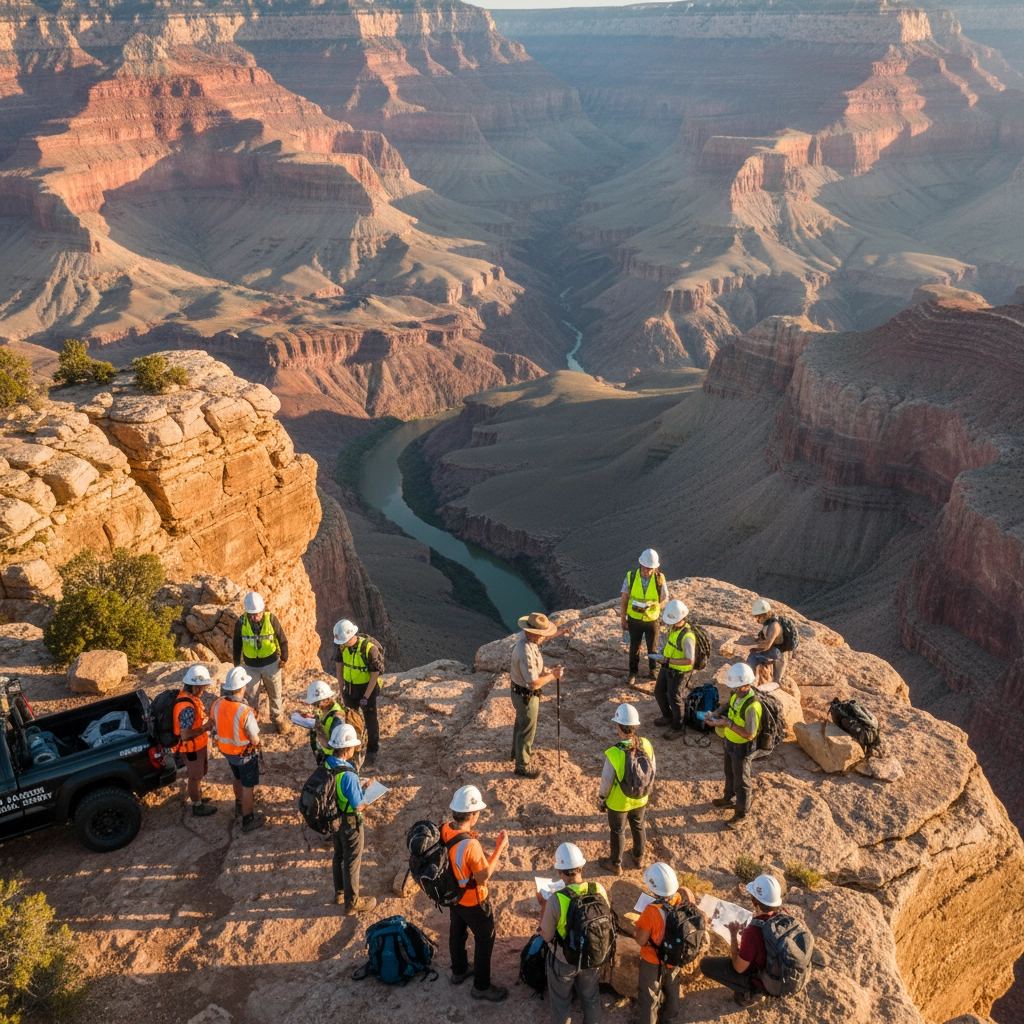
Strategic Learning Sites Throughout the Region
Grand Canyon National Park
Establish your primary earth science foundation at Grand Canyon National Park, where students can observe and analyze geological formations representing multiple eras of Earth's development. Create structured observation activities that guide students through identifying rock layers, understanding erosional processes, and recognizing evidence of environmental changes over geological time scales.
Ensure students understand the spiritual and cultural significance of the canyon to multiple Native American tribes, including the Havasupai, Hopi, and Navajo peoples. Incorporate Indigenous perspectives on land stewardship and environmental conservation into your geological studies to provide comprehensive understanding of human-environment relationships.
Sedona's Red Rock Country
Plan comprehensive geological studies in Sedona to examine the distinctive red sandstone formations that illustrate sedimentary processes and environmental conditions of ancient times. Guide students through hands-on activities examining iron oxide mineralization, cross-bedding patterns, and erosional features that characterize the Coconino and Schnebly Hill formations.
Emphasize the importance of responsible field study practices in this heavily visited area. Establish clear guidelines for Leave No Trace principles and ensure students understand their role in preserving these geological resources for future educational use.
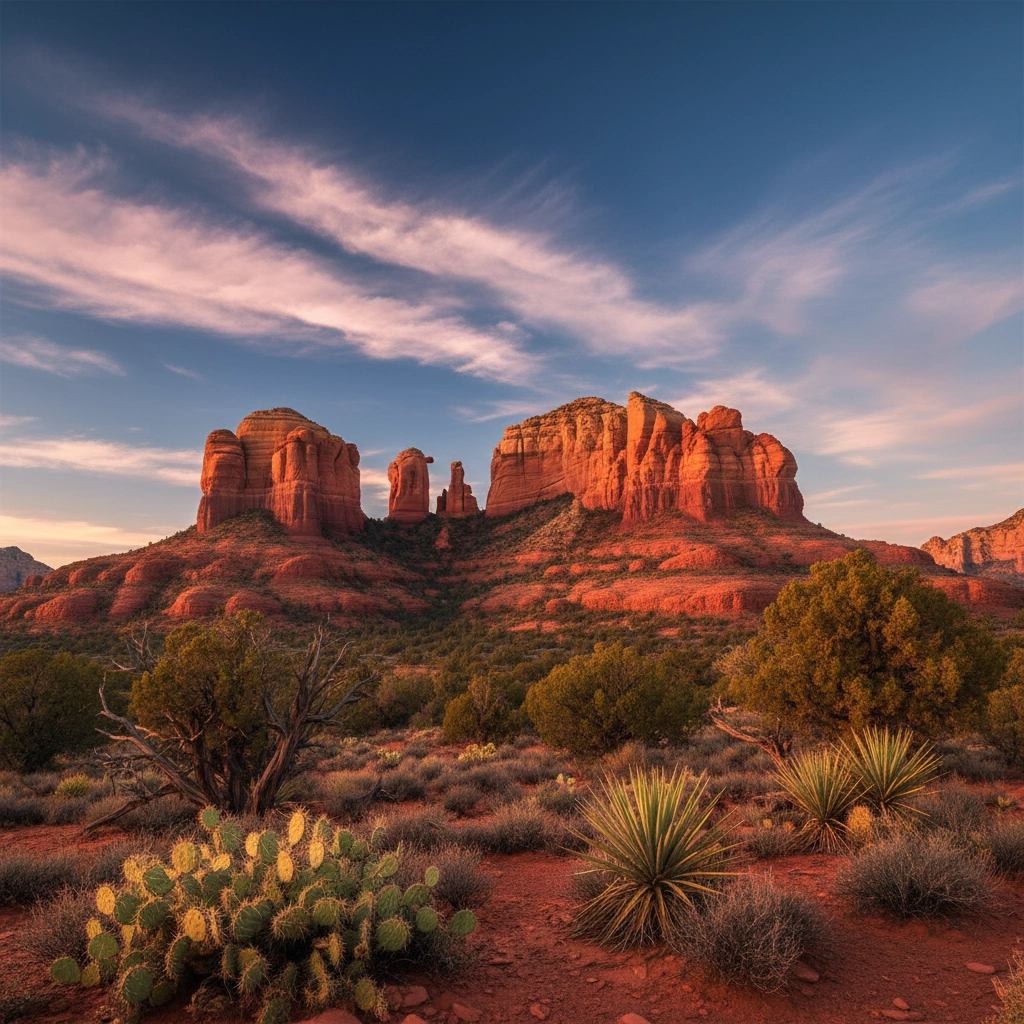
Page and Glen Canyon Area
Organize field studies around Page, Arizona, to examine the geological processes that created Glen Canyon and the surrounding Navajo Sandstone formations. Design activities that help students understand ancient desert environments, dune formation processes, and the complex relationship between geological formations and water resources.
Connect geological observations to contemporary environmental challenges, including water conservation, renewable energy development, and sustainable tourism practices. Encourage students to analyze how geological understanding informs modern resource management decisions.
Tuba City and the Painted Desert
Develop comprehensive study programs in the Tuba City area to examine Triassic-period geological formations and fossil evidence. Guide students through paleontological observation activities that demonstrate evolutionary processes and ancient environmental conditions preserved in the geological record.
Ensure respectful engagement with Navajo Nation cultural sites and protocols. Coordinate with tribal education officials to incorporate Indigenous scientific knowledge and traditional ecological wisdom into your earth science curriculum.
Flagstaff and the Colorado Plateau
Establish Flagstaff as a regional geological synthesis location where students can integrate observations from multiple sites to understand broader Colorado Plateau formation processes. Utilize the area's volcanic features, including Sunset Crater and the San Francisco Peaks, to examine igneous processes and their relationship to regional geological development.
Create opportunities for students to engage with Northern Arizona University's earth science programs and research facilities. Arrange interactions with university researchers to demonstrate career pathways in geological sciences and environmental conservation.
Indigenous Community Partnerships and Service Learning
Collaborating with Navajo Nation Educational Initiatives
Prioritize meaningful partnerships with Navajo Nation schools and educational programs that emphasize mutual respect and genuine community benefit. Begin by establishing connections through established programs like Road Scholar's Navajo Nation school volunteering initiatives, which provide structured frameworks for educational support and cultural exchange.
Ensure your service learning activities align with community-identified needs and priorities. Focus on supporting classroom instruction, providing educational resources, and assisting with field trip opportunities that enhance local students' access to earth science education experiences.
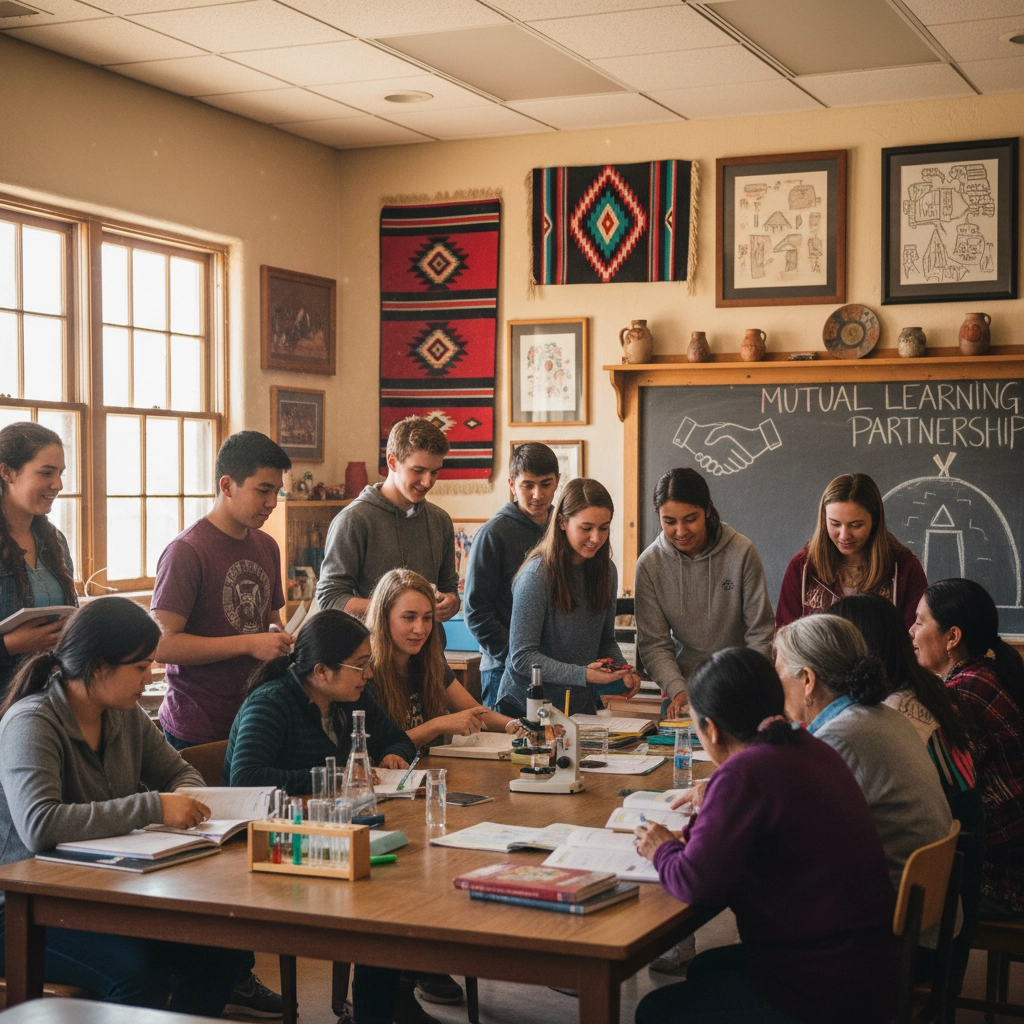
Cultural Sensitivity and Protocol Adherence
Implement comprehensive cultural sensitivity training before engaging in any service activities within Indigenous communities. Emphasize the importance of understanding tribal sovereignty, respecting traditional ecological knowledge, and following appropriate protocols for visitor conduct and interaction.
Encourage students to approach service learning as opportunities for mutual education rather than one-directional assistance. Foster understanding that Indigenous communities possess sophisticated environmental knowledge systems that complement and enhance Western scientific approaches to earth science education.
Developing Effective Service Learning Programs
Partnership Establishment Protocols
Begin service learning program development by contacting tribal education departments and established nonprofit organizations working within Navajo Nation communities. Ensure all partnerships include formal agreements that specify mutual expectations, cultural protocols, and educational objectives for both visiting students and community members.
Create structured communication channels that allow ongoing dialogue between educators, community partners, and student participants. Establish regular check-ins to ensure service activities remain aligned with community needs and educational goals.
Practical Service Opportunities
Design service learning activities that leverage students' earth science knowledge while addressing genuine community needs. Focus on environmental monitoring projects, educational resource development, and conservation initiative support that provide meaningful contributions while reinforcing scientific learning objectives.
Organize students into small working groups that can provide sustained support for specific projects over multiple-day engagements. Ensure adequate supervision and guidance to maintain both educational effectiveness and respectful community interaction standards.
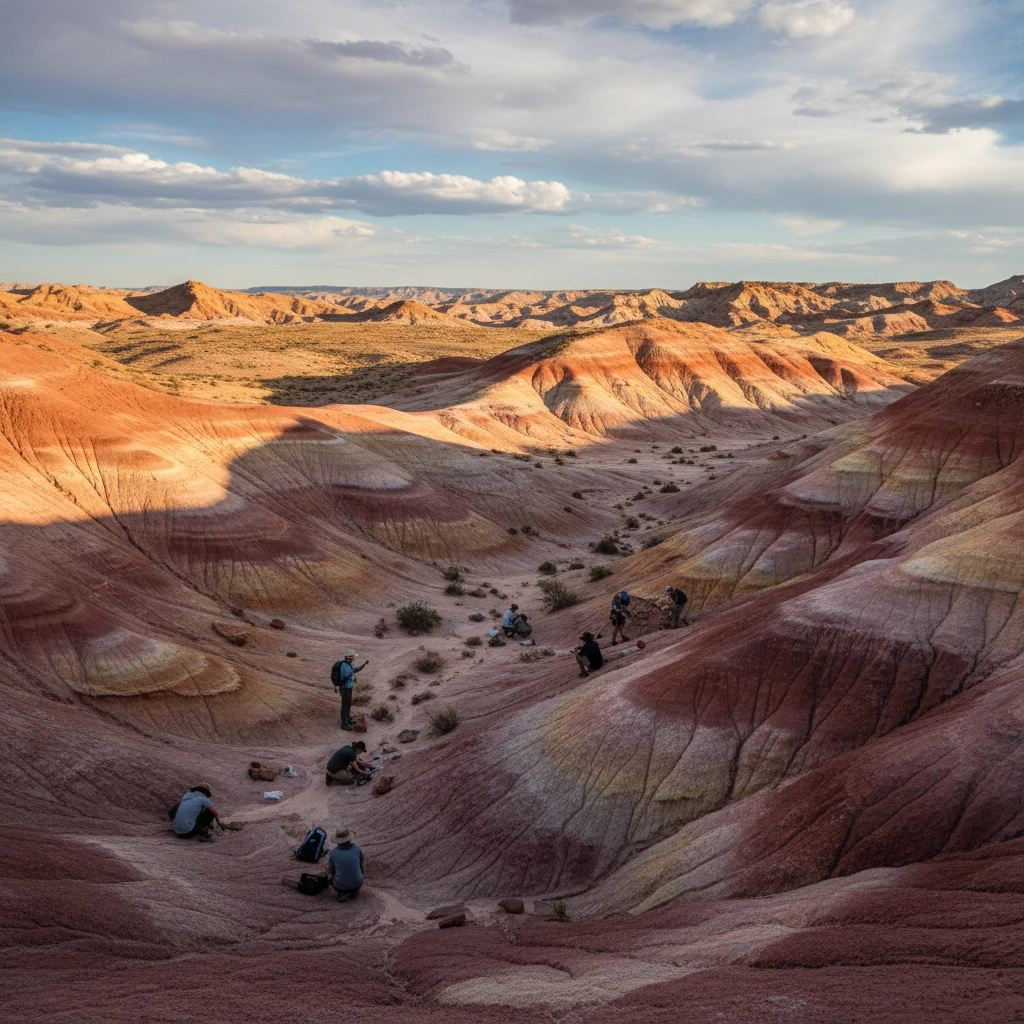
Implementation Best Practices
Pre-Trip Preparation Requirements
Establish comprehensive pre-trip educational programs that prepare students for both geological studies and community service responsibilities. Include modules on regional geology, Indigenous history and culture, environmental conservation principles, and appropriate service learning conduct.
Create detailed itineraries that balance rigorous earth science education with meaningful community engagement opportunities. Ensure adequate time allocation for both geological observation activities and service learning projects to prevent rushed or superficial experiences.
Safety and Risk Management Protocols
Implement robust safety protocols for geological fieldwork in challenging terrain and remote locations throughout the Colorado Plateau region. Establish emergency communication plans, weather monitoring procedures, and evacuation protocols specific to each study site and service location.
Ensure all participants understand and follow established safety guidelines for outdoor education activities. Provide appropriate safety equipment and maintain regular safety briefings throughout the program duration.
Assessment and Reflection Integration
Design comprehensive assessment strategies that evaluate both earth science learning outcomes and service learning impacts. Create reflection activities that help students synthesize geological knowledge with community engagement experiences and cultural learning.
Encourage students to document their learning through field journals, photo documentation, and collaborative projects that can benefit both their educational development and community partner organizations.
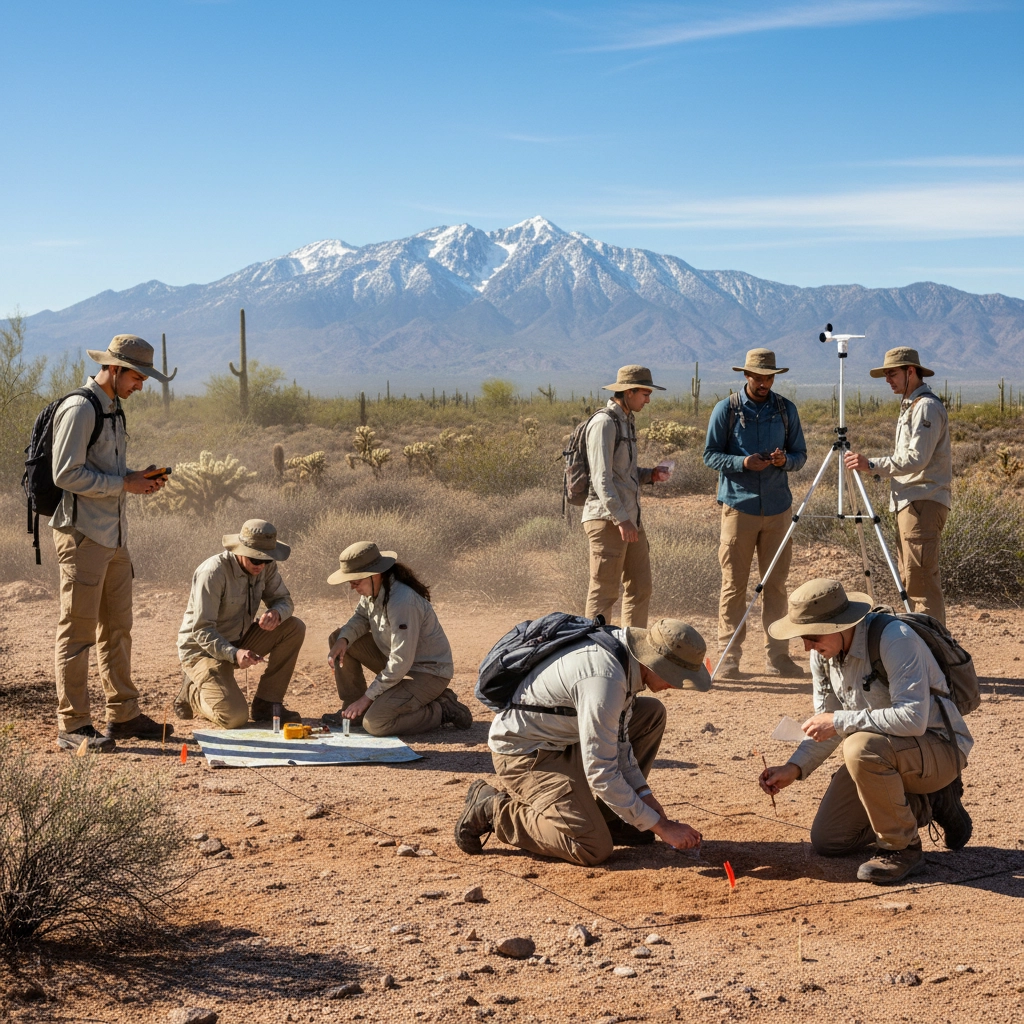
Maximizing Educational Impact
Long-term Partnership Development
Focus on developing sustained relationships with community partners that extend beyond individual trip experiences. Create mechanisms for ongoing communication, resource sharing, and collaborative project development that benefit both educational objectives and community priorities.
Establish alumni networks that maintain connections between former participants and community partners, creating opportunities for continued service and professional development in earth science and environmental conservation fields.
Resource Leveraging and Sustainability
Coordinate with established educational organizations like the Grand Canyon Conservancy Field Institute to access professional expertise and established program frameworks. Utilize existing distance learning resources and educational materials to enhance pre-trip preparation and post-trip follow-up activities.
Ensure program sustainability by developing funding strategies, partnership agreements, and educational resource repositories that support ongoing implementation and continuous improvement of earth science education and service learning initiatives in the Grand Canyon region.
The integration of rigorous earth science education with meaningful community service in the Grand Canyon region provides unparalleled opportunities for transformative student learning experiences. Through respectful partnerships with Indigenous communities, comprehensive geological field studies, and structured service learning initiatives, students develop both scientific knowledge and cultural understanding while contributing to important conservation and educational efforts throughout this remarkable landscape.



Comments